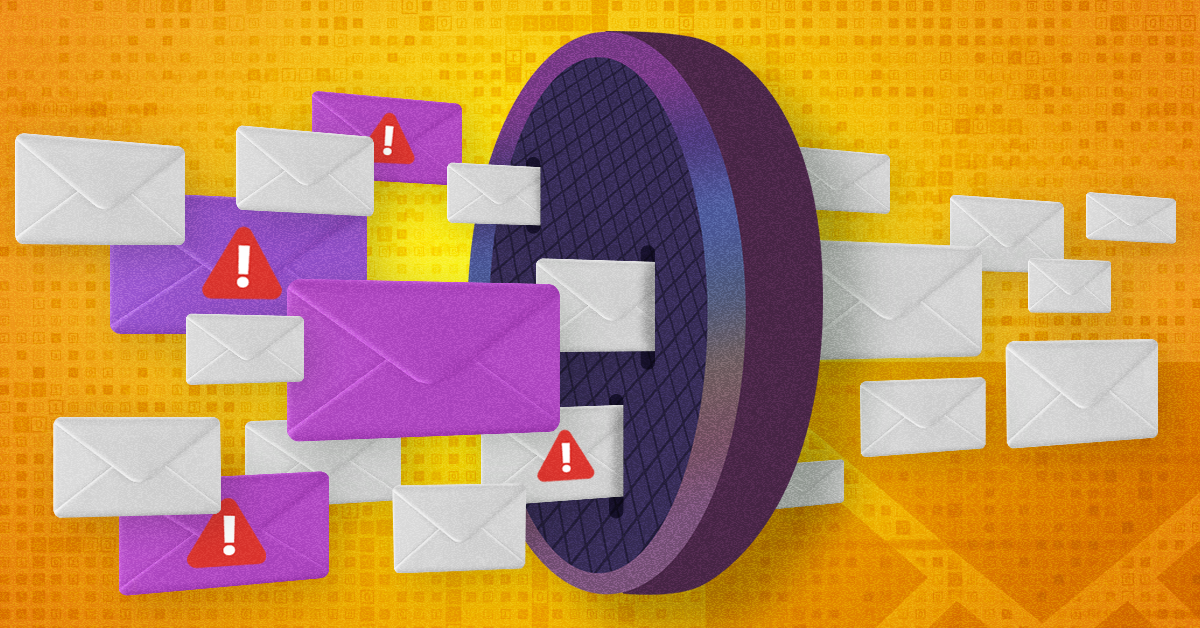New email sending requirements for Google and Yahoo: Starting February 2024

If you haven’t heard about it yet, Google and Yahoo have both announced new email authentication requirements that will be enforced starting February 2024. Marketers who send bulk emails (more than 5k emails) to Gmail and Yahoo will need to follow a set of requirements that Google and Yahoo have put out.
Typically, Google and Yahoo account for 65-70% of all email addresses on subscriber lists so the impact of these changes will be very significant to say the least. The new requirements aims to help Google and Yahoo better identify and block spammy and malicious messages.
What are the new requirements?
The main three points are:
- SPF, DKIM, and DMARC configuration. Your sender address and domain must have SPF, DKIM and DMARC set up and configured. This process normally takes about 30 minutes and is fairly simple. (If you’re using OM3, this is automatically configured for you and you do not need to do anything!)
- Simple Unsubscribe. You must have an easy unsubscribe option on all marketing emails. This means the subscriber should not have to jump through hoops to unsubscribe and you should stop emailing them if they unsubscribe. There should be an option to click a link and unsubscribe to all emails. (If using OM3, this is automatically configured in the footer for you and you do not need to do anything)
- Spam rate of less than 0.3%. You will need to monitor your sends to make sure your Spam complaint rates are under 0.3%. If you consistently have a spam rate of 0.3% or more, Google and Yahoo may block your emails. This policy is intended to crack down on mass emails that provide irrelevant or unwanted content, hence why it’s more important than ever to ensure your content is relevant to the recipient and that you’re not depending on generic templates.
What do I need to do before February 2024?
Hare things that you, the senders, can be doing to bring yourselves up to standard with the new requirements between now and then:
- Reach out to the email platform you use (Klaviyo, Mailchimp, HubSpot, Pardot, etc.) to make sure your sender is set up with SPF, DKIM and DMARC configurations. Ensure that sending domains or IPs have valid forward and reverse DNS records, also referred to as PTR records. For the most part, if you’re using their default senders, these should already be set up but if you are using a custom sender, you may need to get the configurations applied on the domain level through your IT.
- Don’t use Gmail or Yahoo email addresses in your friendly “from” address. If you are using @gmail.com or @yahoo in the “from” address of your emails, change this to a website domain you own. You need an email address that includes your own site domain name instead of a Google or Yahoo email since authentication requirements means you need to be sending from a matching domain.
- Make sure your emails have an unsubscribe link that’s clear and simple. Subscribers should be able to click unsubscribe and be able to unsubscribe to all emails (or in some cases, click unsubscribe, fill in their email and click unsubscribe) to be removed from all emails. To avoid spam complaints, make sure your unsubscribe link is easy to find and see in all your emails. Otherwise, they’re more likely to report you as spam.
- Check your sending reports to make sure your spam complaint rates are less than 0.3% (Google actually recommends less than 0.1% and to never go above 0.3%). This means that if more than 3 out of 1,000 people complain or mark your email as spam, you’re at risk of being blocked by Gmail. Bounce rates also come into play here as old emails that come in as soft bounce might eventually become honeypots used by Google/Yahoo if they become stale email addresses (no longer used).
- Clean your lists and only send email to people who want to get messages from you so they’re less likely to report messages from your domain as spam. Sending to segmented lists (ie: based on behavior, interest, past purchases, etc.) and make sure to include only people who have engaged sometime in the last year. Tailor your content to specific, smaller since email Blasts of more than 5000 will be checked more often so keep your lists more specific to encourage engagement and less likely to be reported.
Fact: Churn rate has increased over the last 3 years. 3 years ago, when someone subscribed or engaged, the average time of engagement was about 57 days before they dropped from engagement. However, now that timeframe has dropped to 21 days meaning you have 21 days to engagement with this subscriber and keep them interested before they potentially drop.
In addition, check out Google’s Email Sender Guidelines for more best practices.
There is not too much to worry about if you’re sending emails regularly to subscribed contacts with reasonably good engagement and by following these best practices, you’ll be well-prepared when Gmail and Yahoo starts implementing these new email sending requirements.?
As Google and Yahoo implement enhanced anti-spam measures on February 1st, 2024, it’s important for email marketers to adapt their strategies and best practices as it becomes a new standard for all email marketing.












